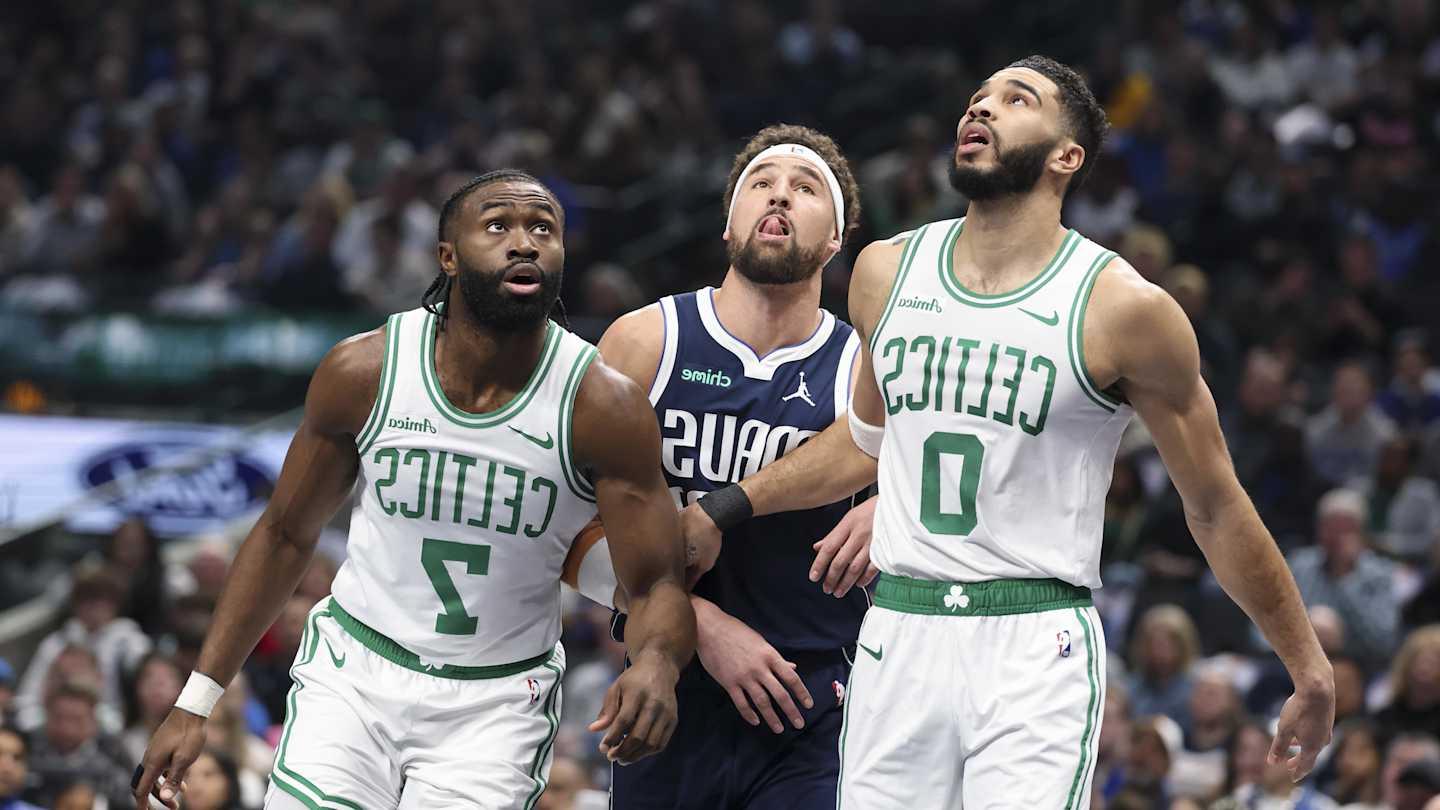The lengthy 82-game schedule of the NBA regular season, often a subject of complaint, actually provides a substantial amount of data to analyze. This extended period of play across six months reveals the true nature of each team, showing their strengths and weaknesses over time rather than through isolated incidents. Throughout this period, teams define themselves through emerging patterns, distinguishing the true contenders from those merely outperforming their actual capabilities due to statistical outliers.
TubiTV Just Hit 200 Million Users – Here’s Why
10 Perfect-Score Shows Buried on Prime Video Right Now
However, these patterns do not always predict postseason outcomes. The NBA playoffs are unpredictable, as evidenced by the unexpected loss of the 73-win Golden State Warriors who forfeited a 3-1 lead in the Finals. Yet, most often, the trends observed during the regular season are indicative of how well a team will perform in the playoffs. This is why higher-seeded teams usually dominate the NBA postseason, with very few exceptions in the league’s history.
The 2024–25 NBA season has provided numerous insights into such trends, particularly as the playoffs near. These patterns are increasingly significant as the competition tightens and every point becomes crucial.
Challenges Facing the Celtics’ Primary Lineup
The $3.99 Streaming Service With 500+ Oscar Winners Nobody Knows About
Cancel These 3 Subscriptions Before November 1st – Here’s Why
Despite appearing robust as the reigning champions and securing over 60 wins for the second consecutive year while maintaining top offensive and defensive ratings, the Boston Celtics faced no significant dips in performance even with key players like Kristaps Porzingis, Jrue Holiday, and Jaylen Brown missing several games. This resilience suggested they had effectively avoided a post-championship decline.
However, when Porzingis returned from offseason surgery, the team’s top lineup from their championship season started to falter significantly.
This lineup, featuring Jayson Tatum, Derrick White, Brown, Holiday, and Porzingis, was dominant last season with a net rating of 11.0 across 37 games. This season, the same group has only managed a net rating of 0.0 over similar playtime, indicating a drop from clear dominance to mere parity with opponents.
Several factors might explain this decline, including Porzingis’s lengthy recovery, Holiday’s early-season shoulder injury, and a complete reversal in three-point shooting effectiveness. Last season, this lineup excelled in three-point shooting at 39.3% while limiting opponents to 36.7%. This season, however, they shot only 36.3% as opponents hit 41.7% from beyond the arc.
While some might dismiss these issues as temporary due to the smaller sample size, injuries, and fluctuating shooting luck, others see a potential vulnerability in what should be Boston’s strongest asset come playoff time. How this lineup adjusts and performs could significantly impact the Celtics’ championship repeat ambitions.
Jimmy Butler’s Scoring Dynamics
Since joining the Warriors in February, Jimmy Butler has integrated well, helping the team to a 23-8 record post-trade, though they missed the play-in tournament and settled for a No. 7 seed. Throughout this period, Butler has averaged 17.4 points per game after the All-Star break with a solid defensive performance, contributing to an overall defensive rating of 106.0 during his court time.
Butler’s adaptation to the offensive strategy has been less straightforward. Known for his modest shooting ability, he has had to find alternative ways to score, especially given the need to defer to Steph Curry when on the floor together. This adjustment has led Butler to rely heavily on scoring from the free throw line.
This trend is evident as a significant portion of his scoring now comes from free throws. During his best scoring seasons, free throws comprised a balanced portion of his total points. Now with the Warriors, over 30% of his points come from the line post-All-Star break, a stark contrast to his previous scoring dynamics.
This heavy reliance on free throws could pose a problem in the playoffs where the refereeing tends to be stricter, potentially affecting Butler’s ability to contribute offensively during critical non-Curry playtimes. This scenario could be particularly challenging against formidable defenses like that of the Houston Rockets.
Thunder’s Defense Against Open Three-Point Shots
The Oklahoma City Thunder have had an exceptional season, winning 68 games and solidifying their place as one of the top teams in the league. Much of their success can be attributed to MVP candidate Shai Gilgeous-Alexander’s impressive scoring and a robust team defense that has been the cornerstone of their strategy, leading them to the best defensive rating in the league at 106.6.
Interestingly, the Thunder’s defense showed signs of cooling down post-All-Star break. They began the season with an extraordinary defensive performance, but saw a slight decline in their effectiveness later on, especially in defending against open three-point shots.
Before the break, they limited opponents to 35.3% shooting on open threes, which would rank among the best in the league over a full season. However, after the break, this figure rose to 40.4%. Despite this increase, the Thunder continued to win games at a similar rate, but the shift from an historic to merely excellent defense was noticeable, especially as they recorded far fewer sub-100 point defensive games in the latter half of the season.
This uptick in opponent shooting percentages on open looks doesn’t spell doom for the Thunder’s playoff hopes, but it does highlight an area of potential vulnerability. Their ability to control this aspect of the game could be crucial in determining whether they can live up to their potential as dominant playoff contenders or if they will merely be considered strong contenders.

